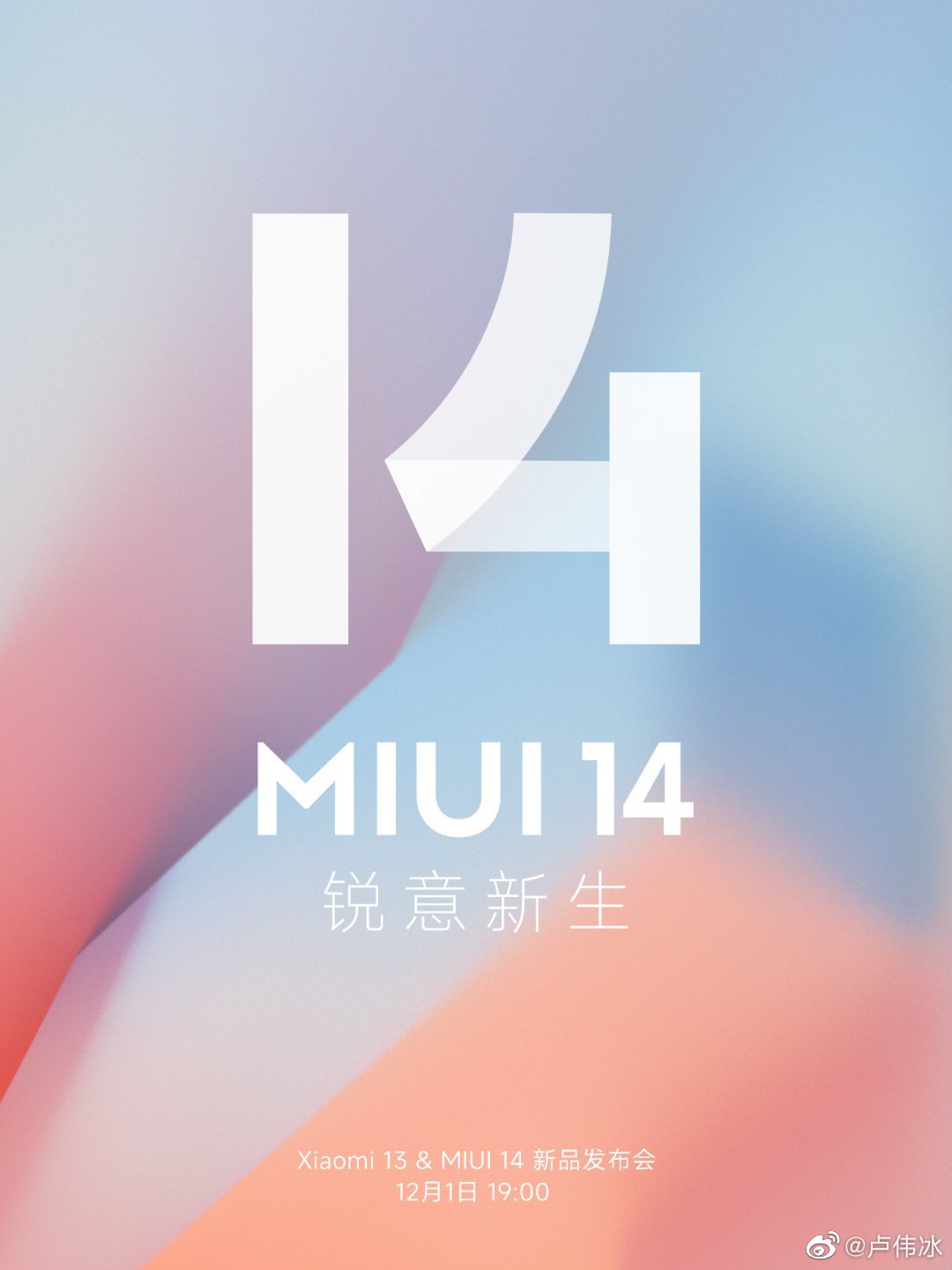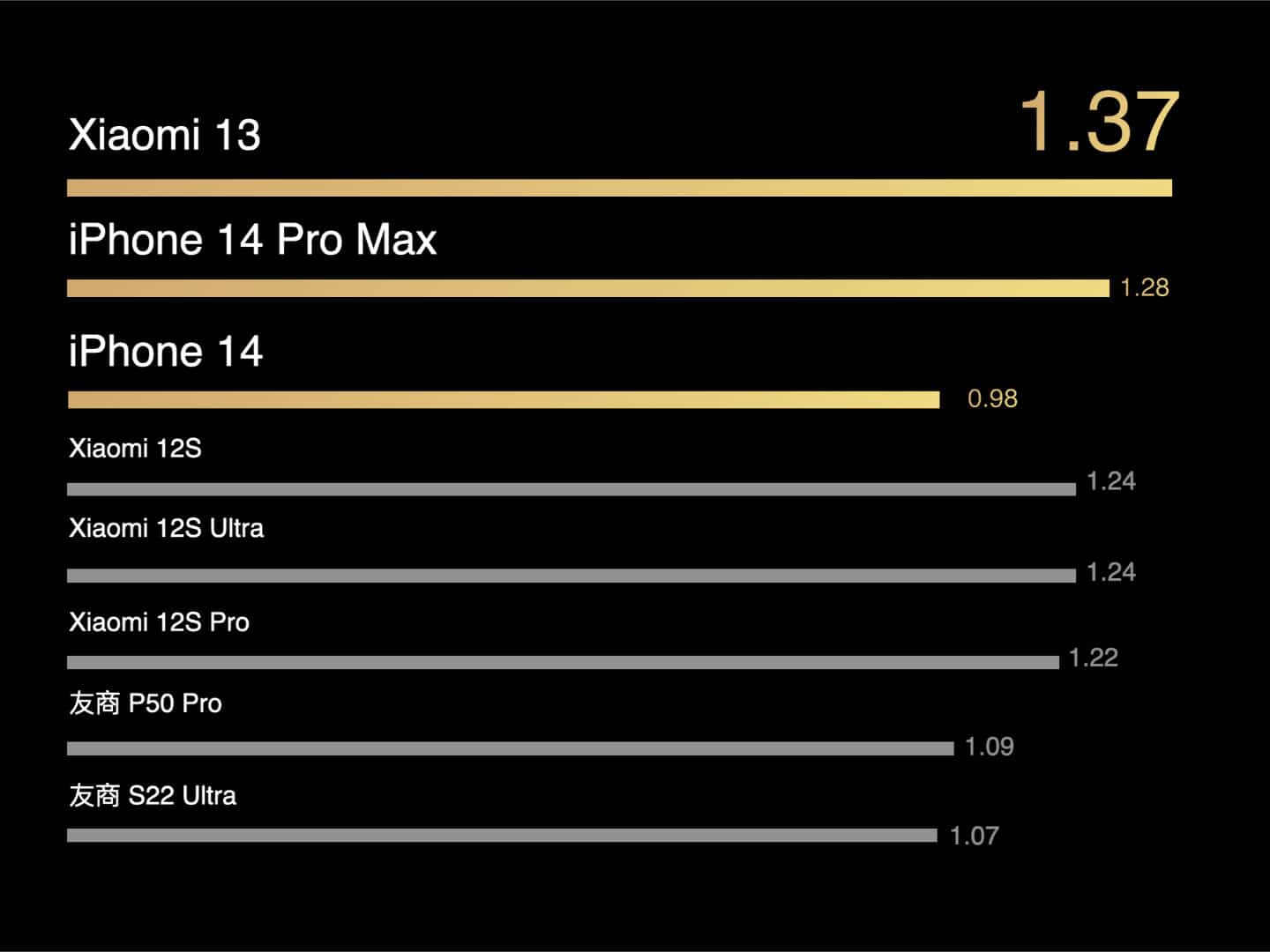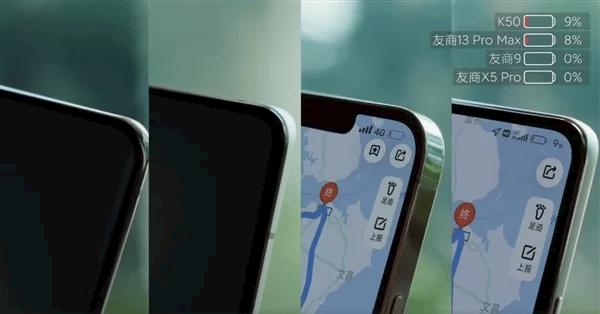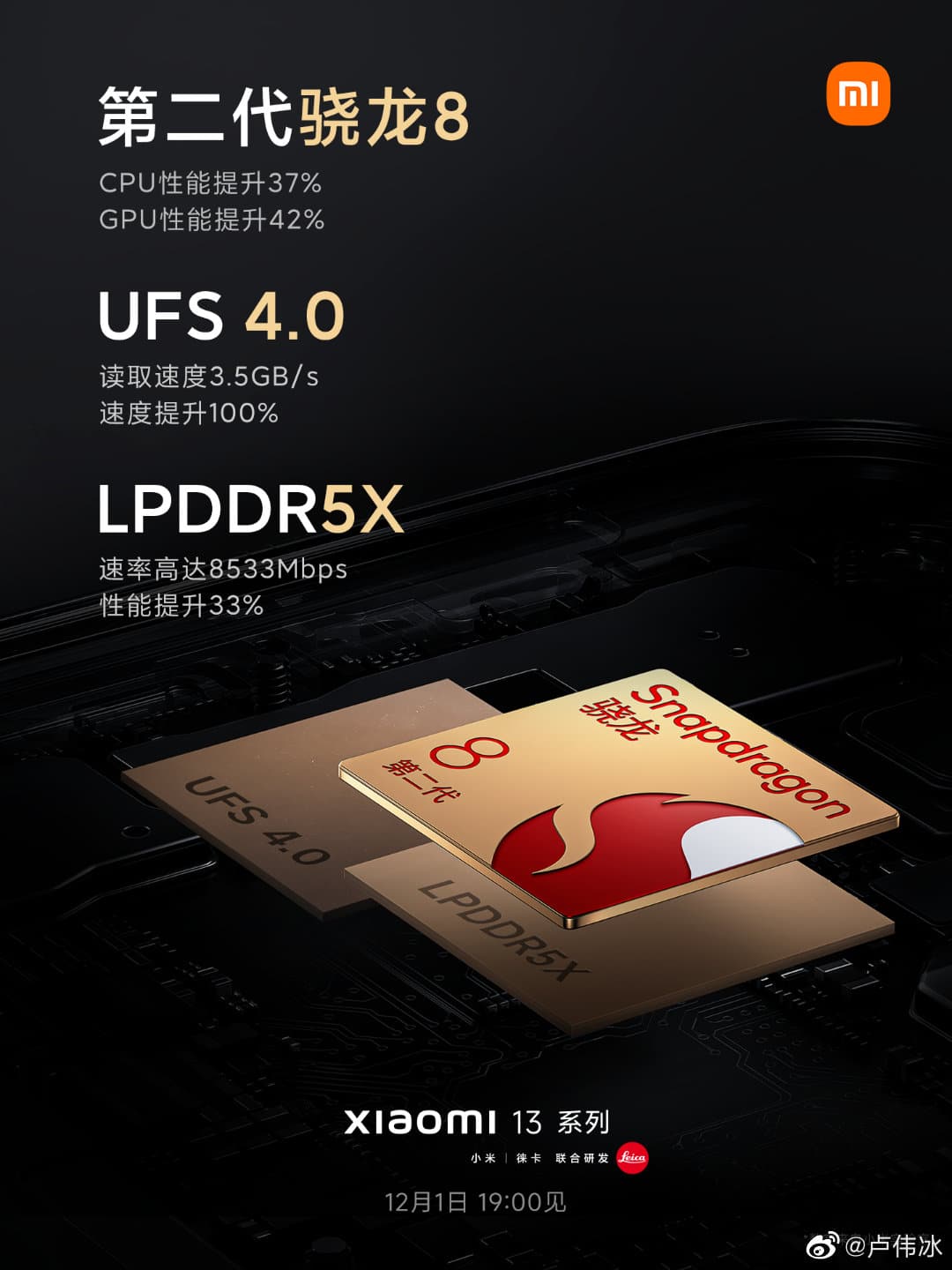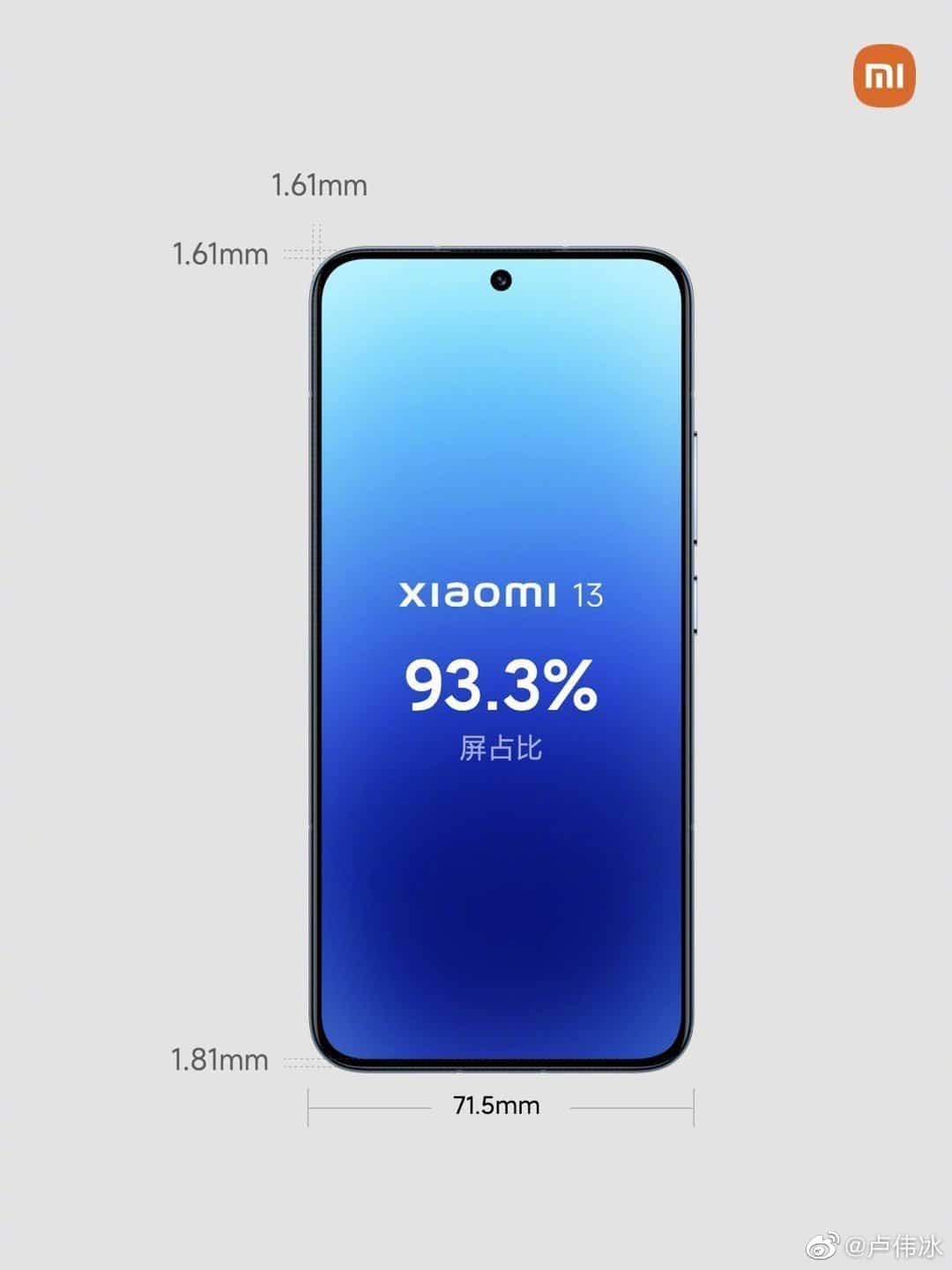Xiaomi will host the Xiaomi Mi 13 series and MIUI 14 new product launch conference on December 1. As it will happen in a couple of days, Xiaomi has intensified the disclosure of various selling points of this device. For instance, today, it talked about endurance and battery capacity.
Xiaomi Mi 13 battery
Lei Jun said that he is more concerned about the battery life than increasing the battery capacity. This is logical because if they find a technology that makes the phone last longer, it won’t affect the handset’s appearance and thickness.
Lei Jun has also released a battery life DOU test, where the number exceeding 1 means that it can be used generally for 1 day. In the photo, we can find that the DOU score of the Xiaomi Mi 13 reached 1.37, which is stronger than the battery life of Apple’s iPhone 14 Pro Max. By the way, the latter has been praised by a large number of users before.
The DOU battery life of the Mi 12 is 1.07 days, and that of the Mi 12S is 1.24 days. It seems that after solving the problem of charging once a day, Xiaomi is moving towards charging once every two days.
He also said that Xiaomi is studying how to make the battery life of the phone break through 2 days, and he often spurs the Xiaomi R&D team to achieve this goal.
By the way, the Redmi K50 beat the iPhone 13 Pro Max in a similar test. The fully charged K50 and iPhone 13 Pro Max were tested for uninterrupted navigation. The test results show that at the end of the navigation, the remaining power of the iPhone 13 Pro Max was 8%, while the remaining power of the Redmi K50 was 9%.
Hardware
Lei Jun said that the Xiaomi Mi 13 series is a new generation of performance king. The entire Mi 13 series will sport the second-generation Snapdragon 8 processor and the latest generation of LPDDR5X 8533Mbps memory and UFS 4.0 flash storage. The memory bandwidth of the Xiaomi Mi 13 has reached the level of desktop chips. Thus, it can better handle high data throughput applications such as continuous shooting and high-definition video recording. UFS 4.0 can bring a sequential read capability of up to 3.5GB/s, double that of UFS 3.1. UFS 4.0 also comes with FBO storage refresh technology, which keeps flash memory fresh.
The second-generation Snapdragon 8 is the most powerful chip in the history of Qualcomm. This is also the chip with the best energy efficiency in the last three generations. The CPU multi-core performance is 37% higher than the previous generation’s. The GeekBench 5 multi-core test result is comparable to that of the A16. Even the Adreno GPU performance is 25% stronger than A16.
More importantly, the second-generation Snapdragon 8 only needs about half the power consumption when the performance reaches the peak of the previous generation. This makes the overall temperature of the Mi 13 significantly ahead of the iPhone under game load. In effect, the frame rate is more stable.
Appearance
From the previous posters, we learned that the standard version of the Mi 13 has a straight screen, a custom high-end OLED display that is visually quadrilateral; the Pro version has a hyperbolic screen. Among them, Mi 13 has a width of 1.61mm on three sides and a width of 1.81mm at the widest point, with a screen-to-body ratio of 93.3%.
The front of the Mi 13 has a 2.5D curvature, while the rear panel has a four-curved surface with a width of 71.5mm, “surprisingly comfortable to hold”. In addition, all Mi 13 models are IP68 waterproof as standard, which is also the highest level of dustproof and waterproof standard in the mobile market.
